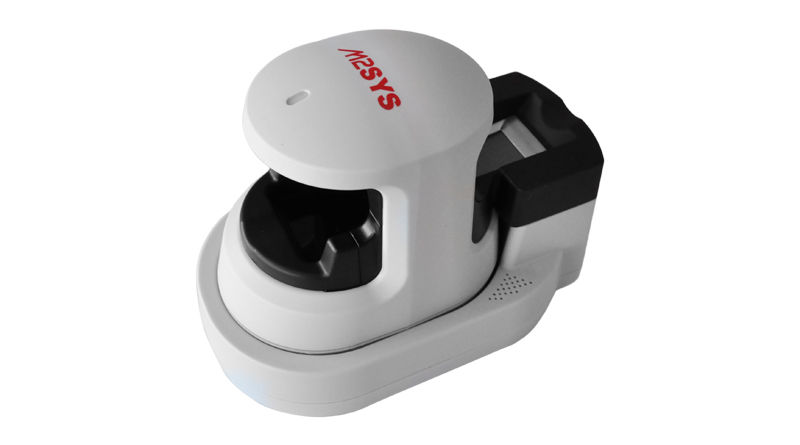The Top 5 Reasons to Deploy Multimodal Biometrics
- S Mahbubur Rahman

- Apr 9, 2019
- 1 min read

Several years ago, if you questioned most identity management professionals whether they imagined the use of biometrics for individual identification management would turn out to become mainstream for authentication security, a majority would have said that the technology could be used in some areas, but only few could have forecasted the tremendous scale and scope of some larger deployments developing all over the world.
The reason behind adopting biometric technology is because traditional authentication tactics like the once thought to be ubiquitous password/username are insufficient for personal identity simply because they can only provide evidence of ownership or proof of knowledge whereas biometrics provides unique advantages as it relies on identifying someone by “who they are” compared to “what you know “or “what you have.”
For those who have adopted or are considering adopting biometrics for identification, the most recent pre-deployment question due in part to the evolution of the industry is whether to deploy a unimodal or multimodal biometric system. Multimodal biometric systems have become the best-suited solution for any industry where high accuracy and security is required because they require two biometric credentials for positive identification instead of one in a unimodal system. Based on our own research, we have concluded that multimodal biometric systems have more advantages over unimodal biometric systems or traditional authentication systems. We have done extensive research on this culminating in the release of our whitepaper available for download: The Necessity of Multimodal Biometric Systems for Large Scale Deployments.




Comments